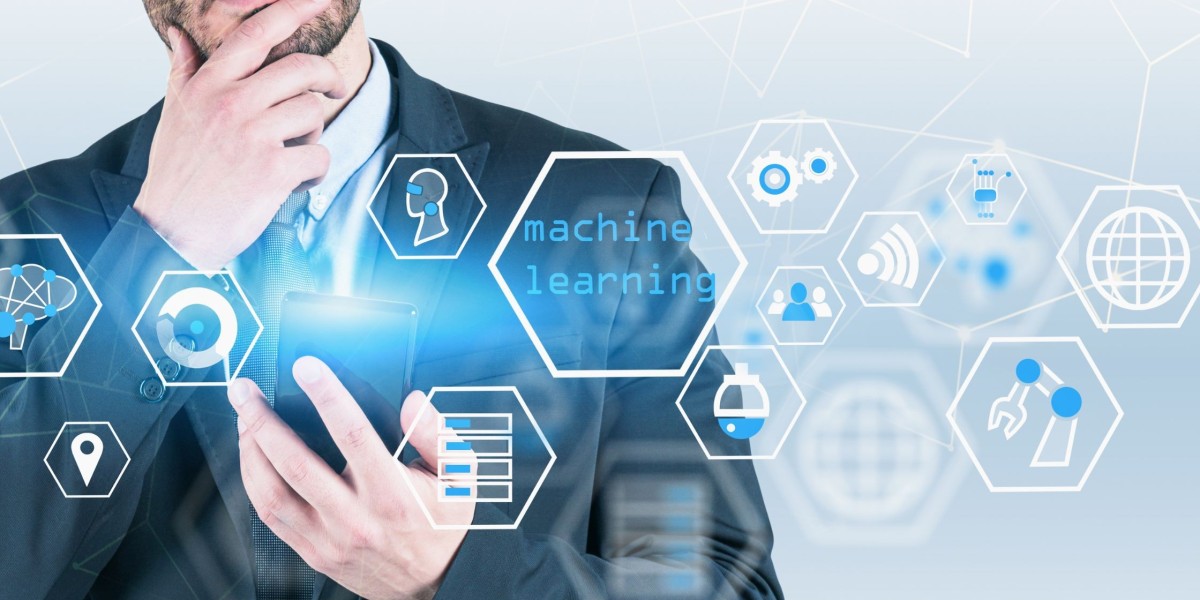Machine Learning Operations, commonly known as MLOps, is a set of practices and tools aimed at unifying machine learning (ML) system development and operations. It combines aspects of DevOps, data engineering, and machine learning to enhance the efficiency and reliability of the entire ML lifecycle. In this article, we will explore the significance of MLOps and how it streamlines the machine learning workflow and deployment process.
Benefits of MLOps:
Increased Collaboration: MLOps breaks down silos between different teams, fostering collaboration and knowledge sharing. Cross-functional teams can work together more seamlessly, leading to a holistic understanding of the machine learning pipeline.
Improved Reproducibility: Version control and containerization contribute to the reproducibility of machine learning experiments. This is essential for validating and reproducing results, especially in research or highly regulated industries.
Faster Time to Market: Automation and continuous deployment reduce the time it takes to move from model development to production. This agility allows organizations to respond quickly to market changes, gain a competitive edge, and deliver value to customers more efficiently.
Enhanced Scalability: Containerization and orchestration enable the seamless scaling of machine learning applications. This is crucial for handling varying workloads and ensures that models perform consistently, regardless of the deployment environment.
Robust Monitoring and Maintenance: MLOps emphasizes continuous monitoring, making it easier to detect issues such as model drift or degradation in performance. Proactive monitoring ensures that models remain effective and reliable throughout their lifecycle.
Key Components of MLOps:
Collaboration and Communication:
MLOps facilitates better collaboration among cross-functional teams, including data scientists, engineers, and operations. By breaking down silos and fostering communication, MLOps ensures that everyone involved in the ML pipeline is on the same page. Tools such as version control systems and collaborative platforms enable seamless sharing of code, data, and models, leading to increased efficiency and faster development cycles.
Automated Model Training and Testing:
One of the key aspects of MLOps is automation. Automated processes for model training and testing reduce manual errors and speed up the development cycle. Continuous integration and continuous deployment (CI/CD) pipelines automate the testing and deployment of models, allowing teams to iterate on models quickly and confidently. This process automation also ensures that the deployed models are always based on the latest data and code, enhancing the overall accuracy of predictions.
Versioning and Model Tracking:
MLOps provides robust versioning and model tracking capabilities. Just as code versions are tracked in traditional software development, MLOps tools enable the versioning of models, datasets, and configurations. This ensures reproducibility and traceability, allowing teams to understand how a model was developed, what data it was trained on, and which parameters were used. This is crucial for compliance, auditing, and debugging, especially in regulated industries.
Infrastructure as Code (IaC):
MLOps leverages Infrastructure as Code principles to manage and provision the necessary computing resources for ML workloads. IaC enables teams to define and version infrastructure configurations, making it easier to scale resources up or down as needed. This approach ensures consistency between development, testing, and production environments, reducing the likelihood of deployment-related issues and making it simpler to manage complex ML infrastructure.
Continuous Monitoring and Model Governance:
Once models are deployed, MLOps ensures continuous monitoring and governance. Monitoring tools track the performance of deployed models, detecting anomalies and drift in real-time. Model governance frameworks help in enforcing policies related to model behavior, data usage, and compliance. This proactive approach to monitoring and governance enhances the reliability of ML systems and allows for prompt intervention in case of issues.
Scalability and Resource Optimization:
MLOps addresses the challenges of scaling ML workflows. By leveraging containerization and orchestration tools like Docker and Kubernetes, teams can scale their ML applications seamlessly. This ensures that models can handle varying workloads, from development and testing to production deployment. MLOps practices also optimize resource usage, preventing over-provisioning and reducing infrastructure costs.
Feedback Loops and Model Iteration:
MLOps promotes the establishment of feedback loops between model performance in production and the development environment. This allows data scientists to receive insights into how well models are performing in real-world scenarios. The feedback loop facilitates continuous model iteration, enabling teams to adapt models to changing conditions and improve their predictive accuracy over time.
Challenges and Considerations:
While MLOps brings numerous benefits, its implementation comes with challenges. Ensuring proper governance, addressing ethical considerations, and managing the complexity of evolving machine learning models are critical aspects that organizations must carefully navigate during the adoption of MLOps.
Conclusion:
MLOps is a transformative approach that streamlines the machine learning workflow and deployment processes, fostering collaboration, automation, and reliability. By combining the best practices from DevOps and data science, MLOps accelerates the delivery of machine learning models to production, ensuring that they perform optimally and adapt to changing business needs. As organizations increasingly recognize the value of MLOps, its adoption will likely continue to grow, shaping the future of machine learning development and operations.
Original Source: Here







